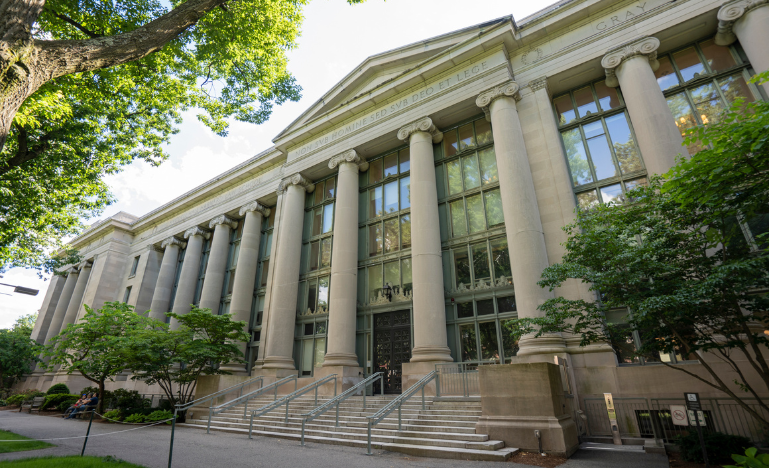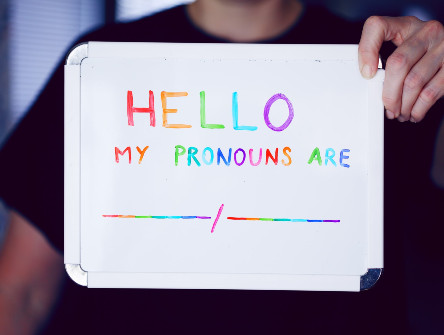Can US innovations help Canada enter a new era of legal licensure and education?
Amid ongoing access to justice issues, the legal profession is searching for ways to keep its struggling ships afloat

New pathways to licensure are a major topic for discussion in the legal profession in North America. However, the concept of “alternative pathways” is not really a new one.
Even with the development of the U.S. uniform bar exam in 1972, states like Vermont maintained their apprenticeship pathways that don't require attendance at law school. Similarly, the University of New Hampshire Daniel Webster Honors Program, created in 2005, allows successful graduates to be admitted to the state’s bar without taking the bar exam.
In Canada, Ontario created the law practice program (LPP) as an alternative to articling to address concerns about the lack of placements for students. Starting in August 2014, successful LLP completion satisfied Ontario’s licensure experiential training requirement. The province has also permitted students who complete their law degree at a law school with an integrated practice curriculum to use that degree to meet their experiential learning requirement. This alternative to articling began with the approval of the Bora Laskin Faculty of Law at Lakehead University in 2013.
Challenges of the profession
If different pathways to licensure are nothing new, why have they recently become a major conversation topic for the legal profession? Access to justice is a major reason. Canada and the United States are facing challenges with the availability of legal services, as evidenced by the lack of lawyers in rural settings and increasing numbers of unrepresented litigants. Compounded by the COVID pandemic and technology advancements, the result is a perfect storm that’s left the legal profession searching for ways to keep its struggling ships afloat. South of the border, that’s led people to investigate and implement new pathways to legal practice.
Alternatives under consideration
What does the U.S. see as an alternative to the bar exam? Supervised practice. That’s right; they are implementing pathways that closely resemble articling — an underused pathway in the US, but one Canada has a 200-year history with. However, it’s not without challenges — long hours, limited pay, variable experiences, and lack of placement opportunities.
That reality has not deterred states like Oregon, which has implemented its Supervised Practice Portfolio Exam (SPPE). This requires candidates to complete a specific set of courses in law school, preferably before beginning their supervised practice. The final product, or “exam,” is a portfolio containing the work the candidate completes during their supervised practice.
Oregon has also learned other lessons from Canada’s experience and implemented rules for the SPPE to address compensation and hours of work. The state has also improved upon Canada’s articling assessment process by not placing the candidate’s assessment solely in the hands of their employer. Instead, employers and independent bar examiners anonymously assess the portfolios, with at least two examiners evaluating each component. This multi-step process creates consistency while working to remove bias that might result from the pre-existing relationship between a candidate and their employer.
Lessons for Canada?
Could Canada learn from Oregon’s experience? Of course. There’s always room for improvement. However, it would likely be difficult for Canada to implement changes to articling given its long history here. That would mean changing an institution and a culture, and determining the right approach to improving the articling experience. This can be done, but it would require all stakeholders' cooperative and coordinated efforts and a desire to change.
What else could Canada learn from the United States? Law school and possible law school pathways. States such as Minnesota are considering initiatives that would be completed in law school. In this regard, American law schools already have a leg up because they’ve been required to include at least six credits of experiential learning in their curricula since 2014. This has led to a wide range of available experiences, many of which do not fall into the typical categories of clinics, internships, and externships. Some American law schools are implementing experiential learning starting in year one. For instance, since 2019, Case Western Reserve University’s School of Law has included its Legal Writing, Leadership, Experiential Learning, Advocacy and Professionalism (LLEAP) program in first year. Meanwhile, Boston University has professional identity formation out of the gate in its first-year lawyering skills class.
Yes, Canadian law schools have courses that teach lawyering skills, but these American examples demonstrate how greater integration of practice skills can be accomplished. The movement there towards creating ways to integrate doctrinal learning and what occurs in practice is fostering innovation.
While the possibilities for innovation are limitless, they need to be implemented. Opportunities for experiential learning need to begin in year one and continue throughout law school. They should not be relegated to just clinics, internships, or externships. Existing courses, such as legal research and writing, could incorporate additional skills such as interviewing or negotiation, and doctrinal courses could add experiential learning opportunities that allow students to see how the law applies in a real-world context.
Canada’s potential path forward
The benefit for Canada is that it can learn many lessons from the experimentation in the United States. Among them?
- Innovative thinking is needed. The United States found space for innovation in areas like supervised practice, where nothing existed. Does Canada have similar spaces? Can we come up with innovative solutions to the challenges experienced with articling?
- Stakeholder collaboration is needed. In the United States, where new pathways are being considered, those developments came after meetings of justices, regulators, professionals, and law schools. Innovation needs diversity of thought and cooperation; it cannot happen in silos. Canada must bring together its stakeholders to consider the challenges from all perspectives.
- Law schools can be places for innovation. Canada needs to examine and evaluate law school curriculum and encourage, support, and reward innovation that combines doctrinal learning with practice. American law schools have a multitude of offerings that Canadian law schools could experiment with or use as resources to support innovation.
Canada can — and should — examine and evaluate innovations from our neighbours to guide us as we enter a necessary new era of legal regulation and education. We have opportunities to bring about change and can adapt from many examples in the US. We must build on existing research and development to advance our own legal regulation and education innovations that align with our specific needs and contexts.


